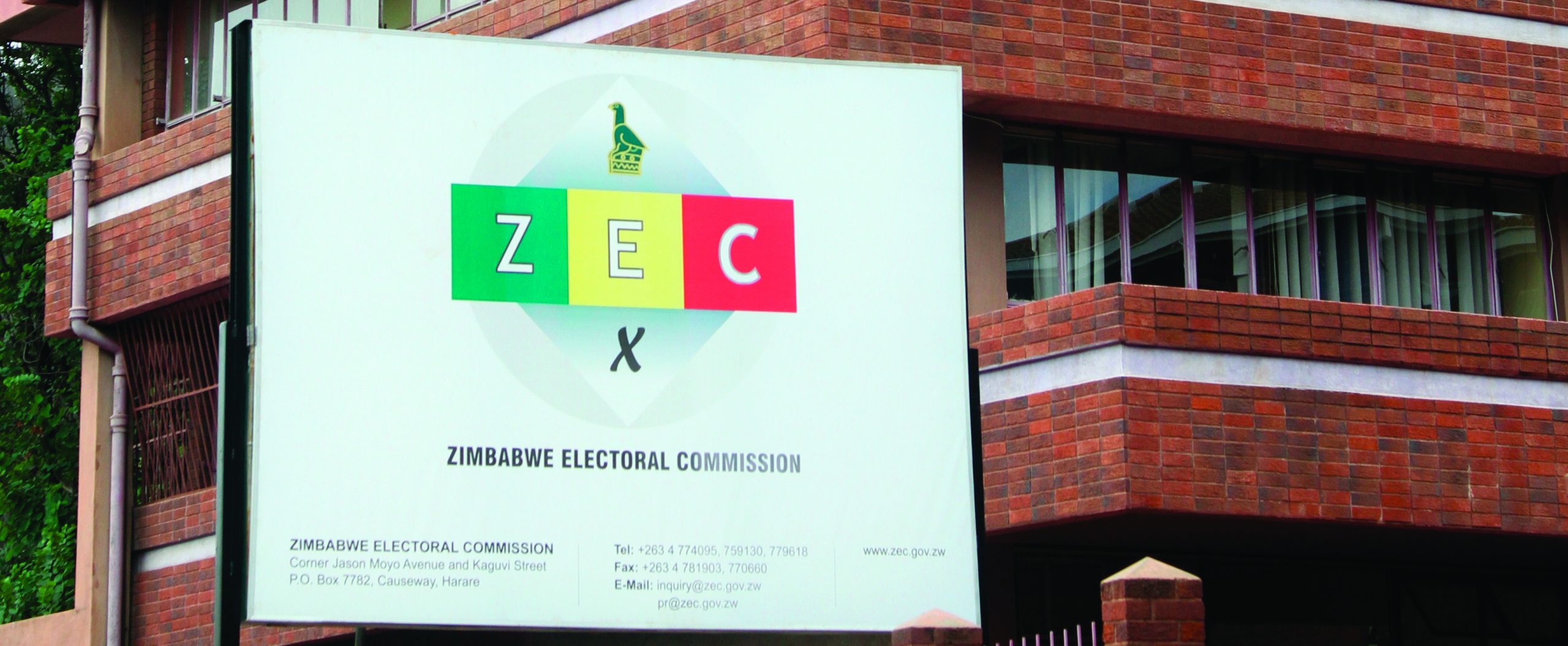
BY FARAI CHIGORA
It’s true that the best things in life are free. That is when nature becomes the answer to our problems as it inspires originality.
Sometimes we have to look back where we have come from as branded SMEs and re-strategise towards unlocking a sustainable competitive advantage in the market.
The moment we fail to move with the needs of the times, then we accrue opportunity costs which are highly expensive. I believe that everything that is giving us comfort/discomfort is an outcome of what humankind has done in modifying our heritage towards short term profiteering goals.
That is way it is critical to think of the green economy and how it can be ingratiated in the branding matrix. We have defiled nature in the name of doing business while in the long run, deterring sustainability in the same drive.
It forced me to introspect over better solution for our growing enterprises as they invest in branding as a locomotive for lasting visibility and sustainability.
In this edition, we turn back the hands of time and retool. Where we invite green marketing by our SMEs as a branding strategy for an unbeatable competitive edge. I will simplify this to green entrepreneurship in the age of industrialisation where brands reflects the colour of life (if not where brand incubation begins). I wish I had known this before but anyway time is the only healer especially when we walk in the safe hands of our branding specialists (thanks to these editions that have changed lives of many enterprises).
This concept seems to have been forgotten if not ignored by many of our SMEs. Yet this is what the modern global customer is looking for when he/she patronise our operations (whether physically of virtually) to choose a brand that promises and care for its followers.
- Chamisa under fire over US$120K donation
- Mavhunga puts DeMbare into Chibuku quarterfinals
- Pension funds bet on Cabora Bassa oilfields
- Councils defy govt fire tender directive
Keep Reading
As noted previously, brands should bond with the customers and stakeholders. In some instances green mind-set has been prescribed as an elite concept which is a misguided conception (look at the Eco labelling that has improved visibility of many of our local enterprises like Eco-net, Eco-Lab). Eco means not harming the environment (though some businesses are using it as a smokescreen rather than a practice).
Therefore, my long walk in this branding journey has proved that this concept is even more compatible with start-ups (as they are still too innocent and young to be corrupted by the fake branding temptations of this world). Then the sky is the limit in our green branding proposition (in fact it is green branding that makes us bigger). We should redirect our marketing efforts from the general to green marketing issues.
Where our SMEs brands represent green not as colour but as a way of living and doing business.
We exist in ecosystems that needs our support in order to maintain that beauty of nature freely given to us as humans who have dominion over any other creature under the sun.
As we seek worldwide identity and recognition through businesses that speak to originality, preservation, and sustainability, we should take these issues seriously. This is a homework assignment for many of us as we continue on our path to brand sustainability. We must keep each other in our hearts until our brands can speak for themselves. To begin, marketing through branding should be seen as a strategy of exhibiting products/services that are assumed to be environmentally friendly. The concept has grown very fast in its development and practice across the globe (let us also localise the same for our global recognition).
It takes into cognisance a broad range of activities that our entrepreneurs should focus on but for this edition we look at green issues in relation to changes in production processes, product modification, sustainable packaging and modification in advertisements. To start with the production that we are doing in our backyards and home industries should separate us from the rest through novelty. Not by doing anything that is out of this world but those simple but environmentally friendly like fire guards in your agro-space, smoke extractor in your catering, soundproof in your metal fabrication workshops and all. These seem to be general but that’s what the customers look for (which coincides with global matters and troubles of climate change, global warming and other health matters). A brand that reflects these shows care to its followers and customer.
There is need to change the production processes to make them friendly especially to the physical being of our ecosystems.
If not by us let us engage assistance through consultancy from our local and global bodies that will help to configure and accredit processes as eco/green friendly including the most familiar ISO Certification, Green Globe and any other. Adding their signature on your brand and practising through their guidelines can strengthen that positive brand awareness and publicity needed by our thriving SMEs.
Product modification has been another cause of concern in the green practice of our enterprises across all the sectors. Sometimes we overdo to an extent of removing the original taste, nutrients, appeal, scent and purpose.
Most of the times we dilute through adding preservatives unnecessarily.
But our brand followers buy quality not quantity (that sense of originality). This even talk the current drive towards consumption of organic food which has become a global trend. It is no longer just eating but for health yet we are always caught wanting (there will never be peace in our branding effort without such a practice). From poultry, any type of farming to processing and preservations. These are all towards building brand vibrancy. This escalates to our brand market representation as a matter of packaging.
There have been global discourses over the friendliest type of packaging in our production and retailing. Where most have resorted to degradable types and other eco-compatible forms.
This has its own space too in the selling of our green brands towards entrepreneurship. Many of our SMEs are existing for today rather than even for tomorrow and the future. Packaging is one of the recognised brand elements as discussed in the previous editions thus there is need to comeback into sustainable terms as we present our offerings on the global marketplace. Are plastics good enough for your green packing?
Lastly for this edition we dwell on green advertisements which is then a direct showcasing of our brands and on the global market (through physical and digital platforms). We should use those that reflects our eco-friendliness.
Those that attracts and captures the mind of a modern green customer. Like Timberland with their ‘Nature Need Heroes’ campaign. Where the customer sees a hero in their consumption.
They have shown to be eco-conscious through featuring real trees, green walls, and natural elements all in their stores. What do you have to say about yours? For today I leave you with this self-introspect as we take a close look at our reason for existence as talking brands in the green globe where the customer has become more environmentally sensitive than any time before.
- Dr Farai Chigora is a businessman and academic. He is the head of Business Science at the Africa University’s College of Business, Peace, Leadership and Governance. His Doctoral Research focused on Business Administration (Destination Marketing and Branding Major, Ukzn, SA). He is into agribusiness and consults for many companies in Zimbabwe and Africa. He writes in his personal capacity and can be contacted for feedback and business at fariechigora@gmail.com, WhatsApp mobile: +263772886871.










